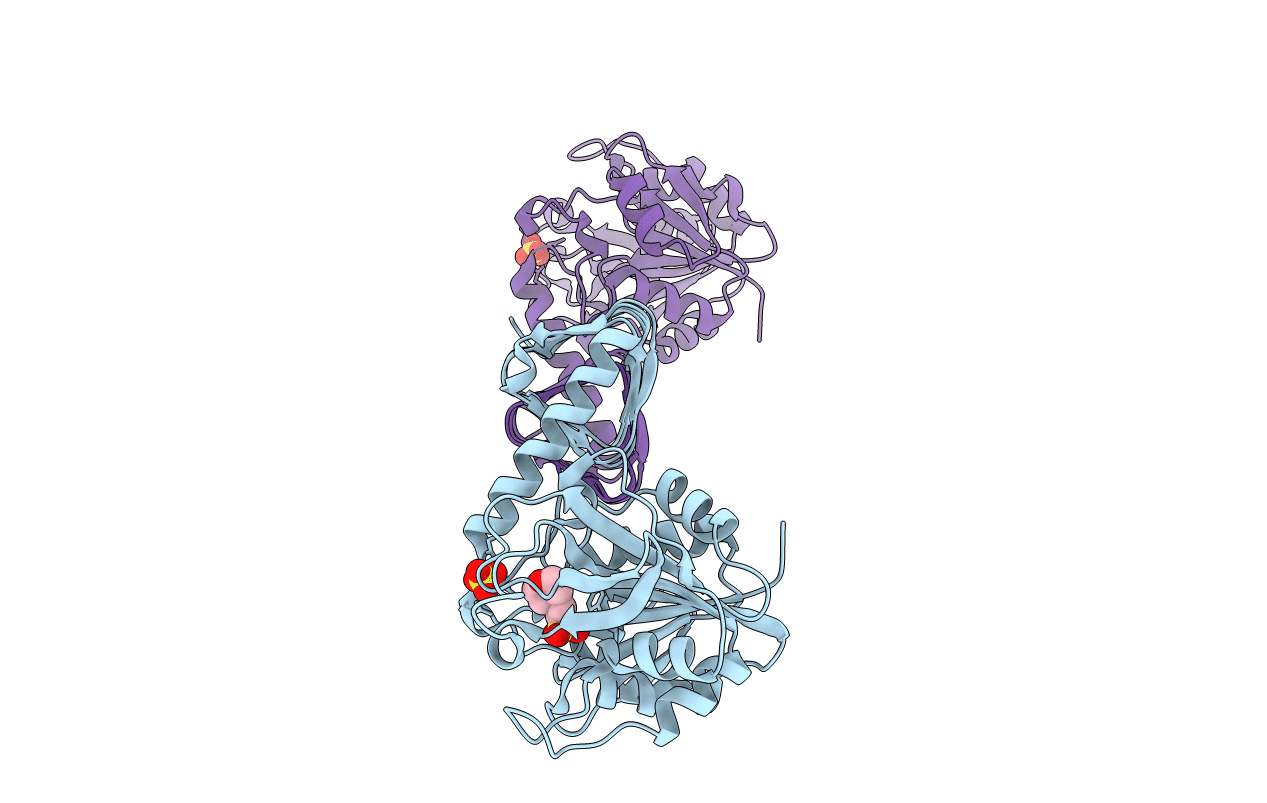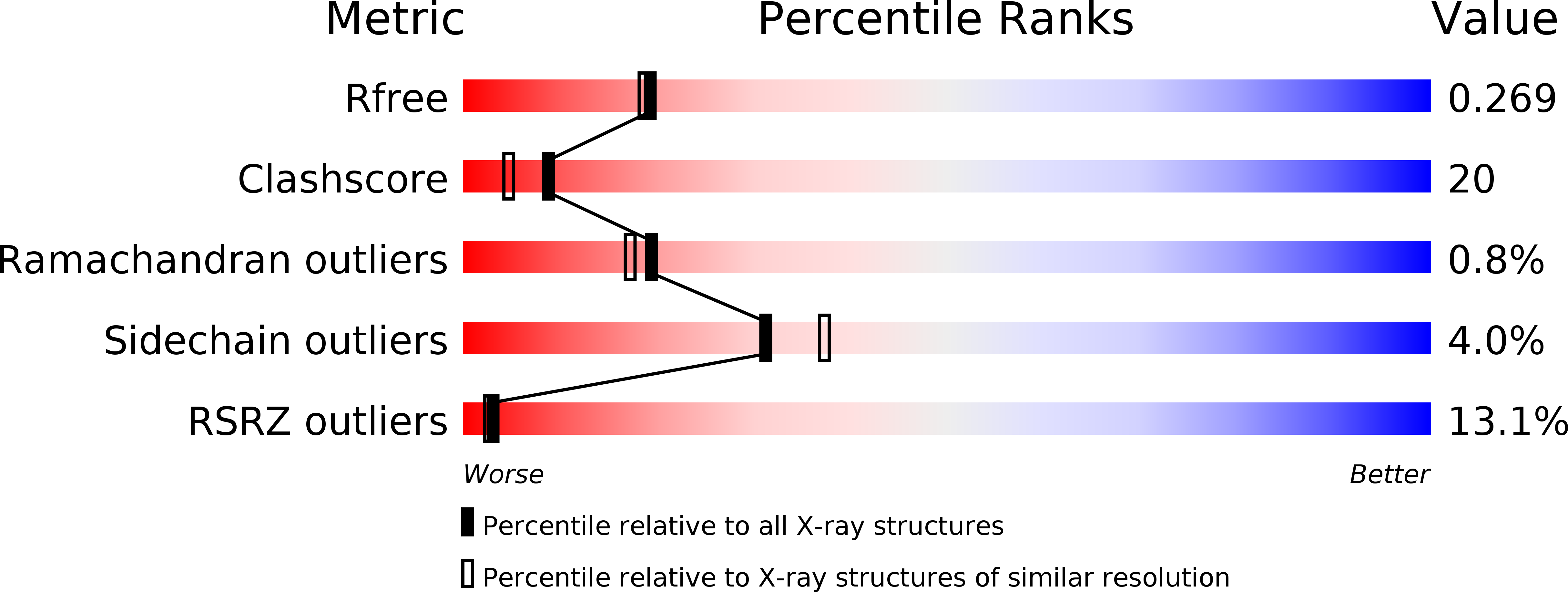
Deposition Date
2000-09-26
Release Date
2000-10-18
Last Version Date
2024-10-09
Entry Detail
PDB ID:
1FXJ
Keywords:
Title:
CRYSTAL STRUCTURE OF N-ACETYLGLUCOSAMINE 1-PHOSPHATE URIDYLTRANSFERASE
Biological Source:
Source Organism:
Escherichia coli (Taxon ID: 562)
Host Organism:
Method Details:
Experimental Method:
Resolution:
2.25 Å
R-Value Free:
0.27
R-Value Work:
0.23
Space Group:
H 3 2


